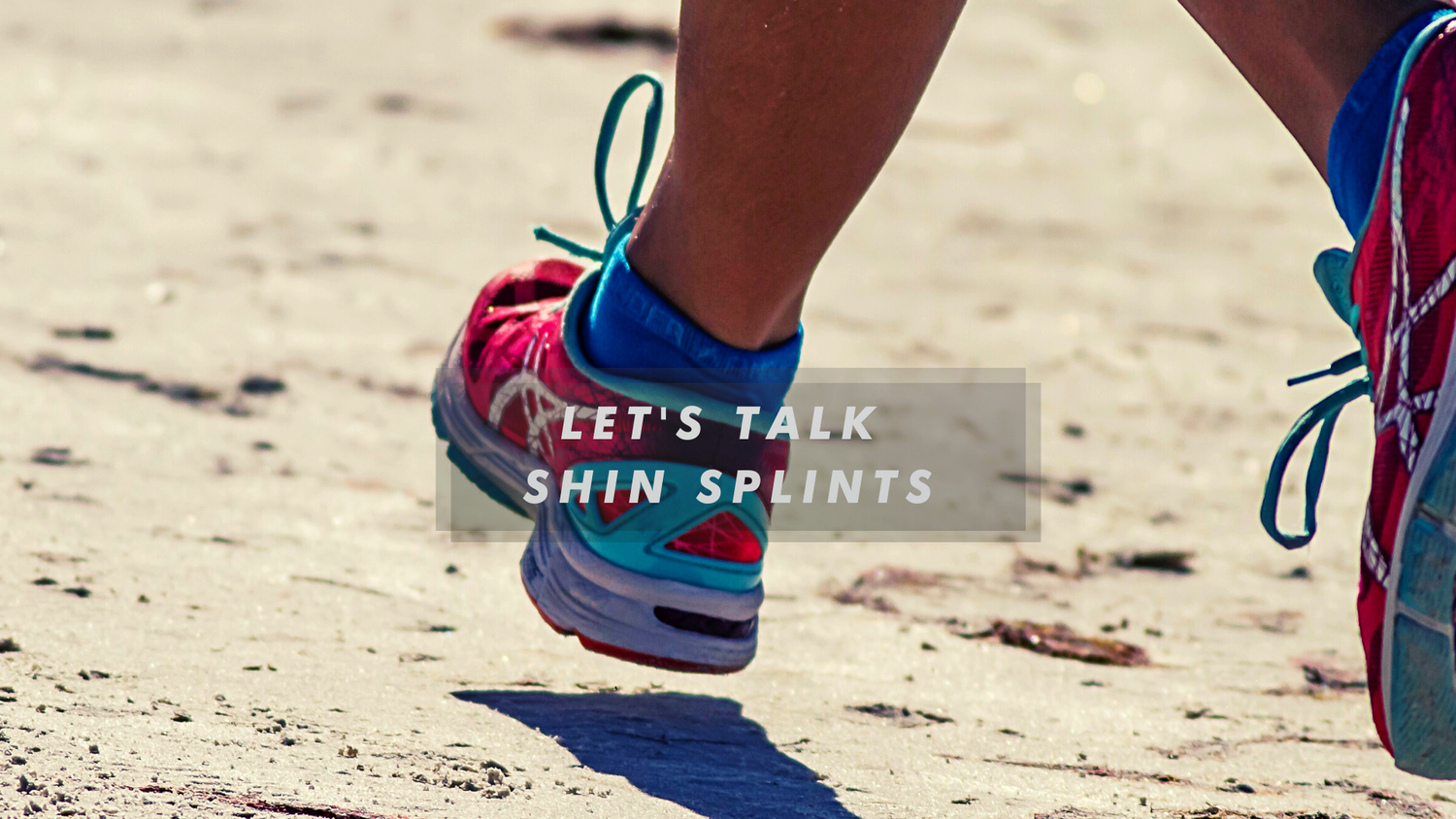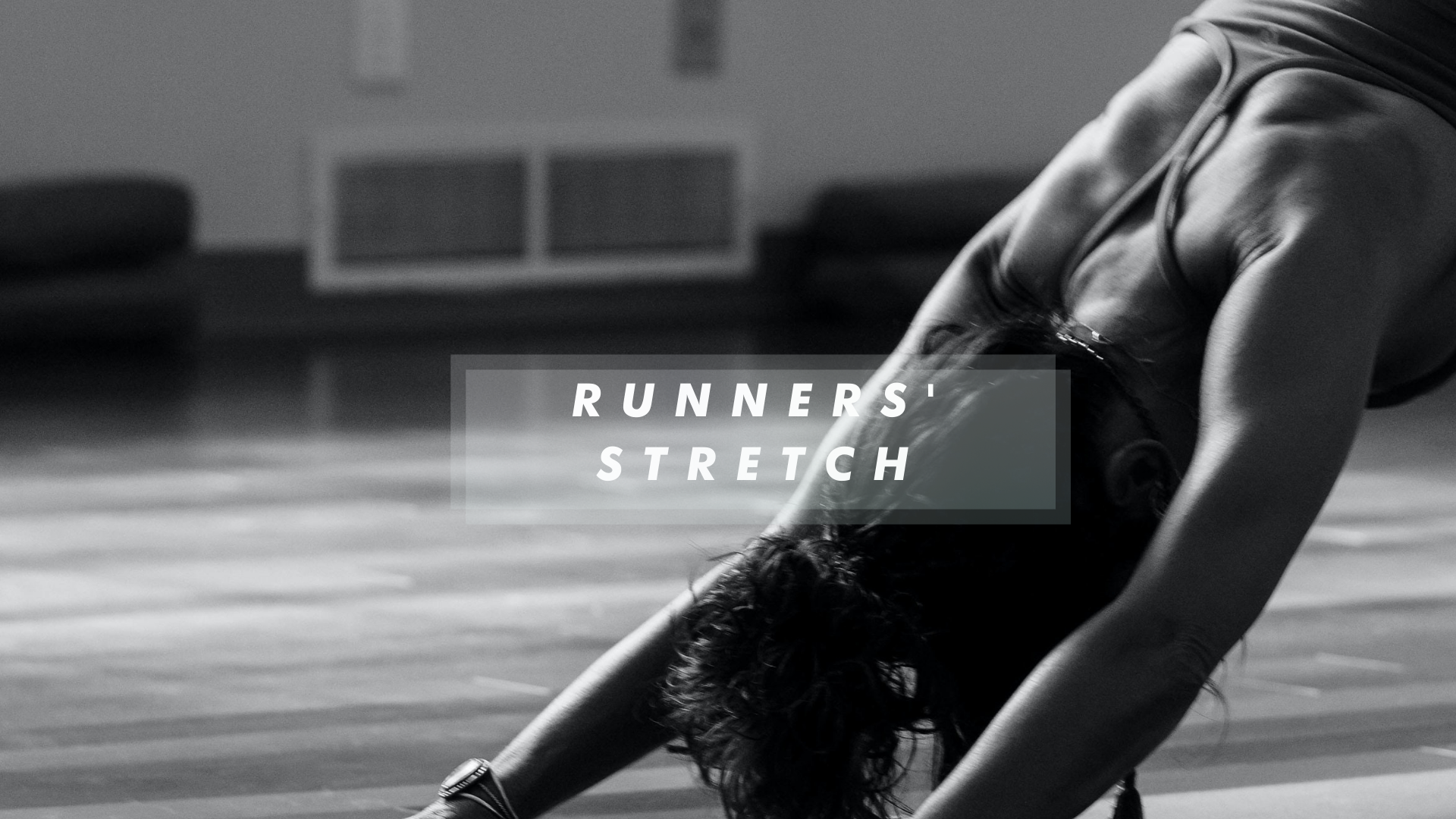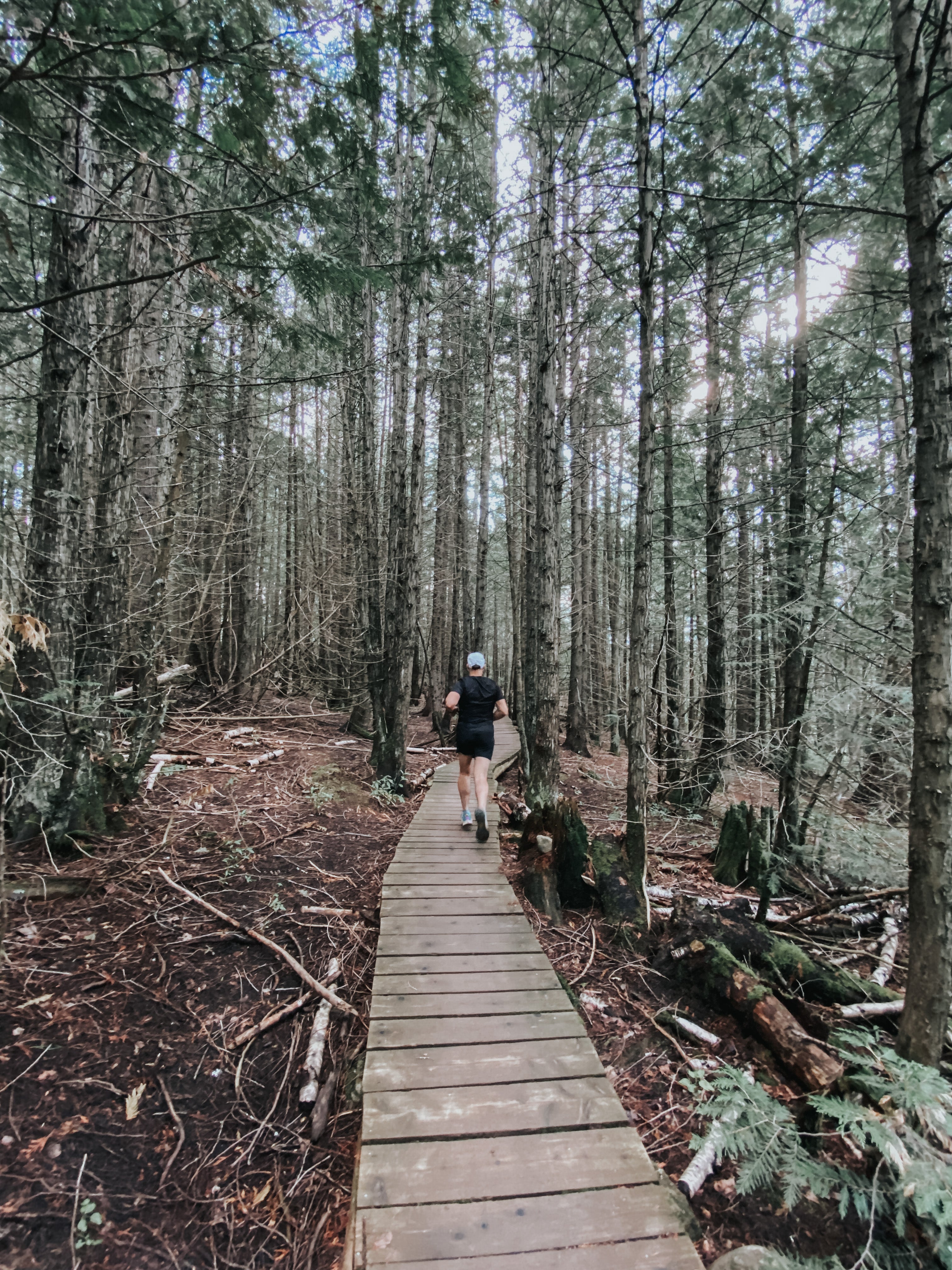Shin splints are one of the most common ailments that runners struggle with. They most commonly occur when you’ve just started running for the first time, you’ve just returned to running after some time off, or when you start training more intensely. Unfortunately they can also sometimes occur with no warning, even if your regular running habits haven’t changed. We aren’t doctors and can’t offer medical advice, but if you begin to experience what you suspect are shin splints, we have some tips you can try below.
So, what are shin splints? Essentially, shin splints are stress on your shinbone. This presents as painful inflammation in the connective tissues that attach muscles to your bones.
What is the treatment for shin splints? The good news is that they can heal on their own. The challenging news is that they need to be taken seriously to ensure they heal completely and don’t just come right back. The following are the first steps you can take if you get them:
- Shin splints take time to heal, and you need to rest your legs completely.
- You can ice the affected shin to ease your pain and any swelling. Apply ice for 20-30 minutes every, 3 to 4 times a day, for 2 to 3 days, or until the pain is gone.
- Consider trying out a new pair of shoes. It’s possible that they may have reached their maximum mileage limits. If they’re still fairly new, you might consider insoles or orthotics. Since weak arches can often be the culprit behind shin splints, the extra support from inserts might be a huge help for you.
- Incorporate a stretching routine that targets shin splints specifically.
What are some shin splint stretches? Here are a few you can try.
- Toe-drag stretch. This stretch will extend from the top of your foot up into your shin, the aim is to release tension and stiffness. To stretch the muscle in your shin, begin by standing up straight and slightly bending both knees. Keep one foot flat on the ground and curl the toes on the other foot under, in order to gently “drag” the top of the foot on the floor. Hold for 15-30 seconds then alternate feet.
- A kneeling stretch. Kneel on a mat with your buttocks directly over your heels. The tops of your feet should be flat on the floor. Hold this stretch for 15-30 seconds. Discontinue if this causes knee comfort.
- Simple shin stretch. Walk around at a normal pace with your weight shifted onto your heels, with your toes off the ground slightly. Alternate the to walking on your toes, with heels lifted.
These few moves should make your calves feel gently stretched and flexible. Shin splint pain can be very discouraging, but know that if they happen to you, there are treatments for shin splints, and they won’t last forever.





Leave a comment
All comments are moderated before being published.
This site is protected by hCaptcha and the hCaptcha Privacy Policy and Terms of Service apply.